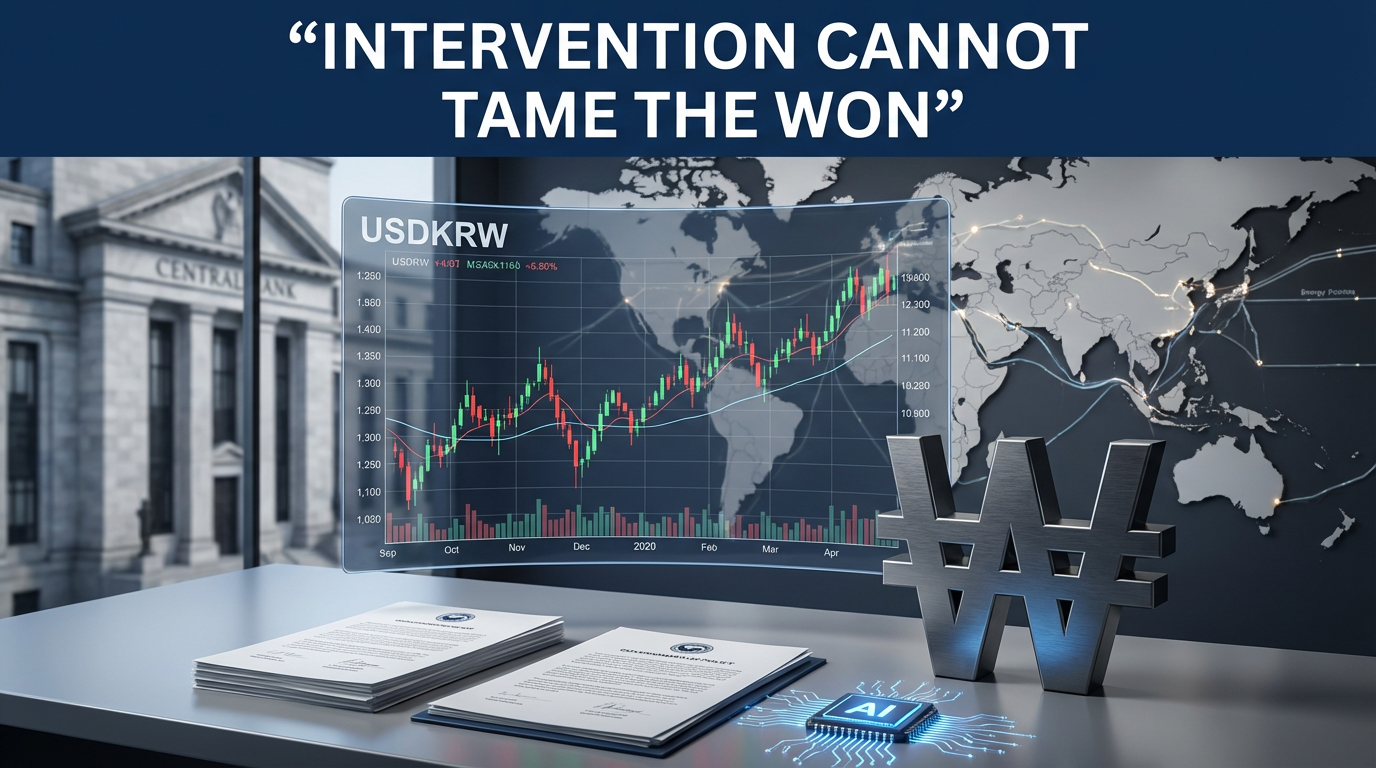● NVIDIA’s Earnings SHOCKWAVE!
Analysis of the Latest Global Economic Trends
It is necessary to identify the reasons why leading stocks are rebounding by 10-20% and plummeting by 30-50% recently, and what hidden factors are behind them. This article analyzes the volatility of the US and Chinese stock markets, major IT stocks such as Tesla and Nvidia, as well as secondary battery and auto stocks, exchange rate fluctuations, and interest rate cuts in chronological order. In addition, it systematically explains key content such as market verification timing, future global economic outlook, and investment strategies.
[1] Analysis of Leading Stocks and Market Volatility
– Initial Rebound and Plunge Phenomena: The fact that leading stocks rebound by about 10-20% and suddenly plunge by 30-50% suggests that there is uncertainty beyond a simple rebound.
– Role of Representative Stocks: Major IT and technology stocks such as Tesla, Nvidia, and Paran Tech lead the market trend, and their plunges can act as negative signals for the entire market.
– Verification Timing: Nvidia’s earnings announcement tomorrow will serve as a turning point in determining the direction of the market, and whether the US stock market closes positively along with earnings is an important key.
[2] US·China Stock Market and Outlook for Major Stocks
– US Stock Market Perspective: If the Nasdaq Index falls by more than 10%, it can be interpreted as a recession signal, and a 10% or 20% rebound from the high point is likely to be a short-term recovery.
– Earnings Outlook for Major Stocks: Nvidia expects improved earnings and favorable guidance, but in the case of Tesla, it is already overvalued, so a verification of more than 30% upside momentum is needed in case of additional rebound.
– China-related Stocks: SMIC, BYD, and Alibaba have already experienced a significant drop compared to the US market, and substantial recovery is expected to be possible only when energy is re-injected into the US stock market.
[3] Reallocation Centered on Secondary Battery and Automobile Stocks
– Main Roles of Secondary Battery and Automobile Stocks: Amid increasing volatility in existing leading stocks, secondary battery and automobile-related stocks are attracting attention as new growth engines.
– Investment Scenario: If Tesla or Nvidia continue to decline, new energy may flow into secondary battery and automobile-related stocks, leading to relative strength.
– Investment Strategy: In the short term, consider a 10-20% rebound from the high point, and in the medium to long term, consider a diversified investment strategy with the possibility of a shift to an upward trend after verifying the bottom within 2-3 months.
[4] Interest Rate Cuts and Virtual Asset (Bitcoin) Analysis
– Effects of Interest Rate Cuts: The recent decision by the Bank of Korea to cut interest rates is having a positive impact on investment sentiment. Undervalued growth stocks and ETF stocks in the financial market are being re-examined.
– Virtual Asset Market: Virtual assets such as Bitcoin have fallen by more than 20% from their high points, and there is a possibility of further adjustments. Political and regulatory uncertainties, global economic hegemony competition, and international risks are expected to be reflected.
– Investment Point: In the case of Bitcoin, the KRW 100 million level is a major benchmark, and a strategy of dividing and buying at the time of trend reversal and aiming for a 10-20% rebound in the future is recommended.
[5] Future Global Economic Outlook and Investment Strategy
– Global Economic Outlook: The US stock market must close positively after earnings announcements, and energy is expected to shift to new growth sectors such as China’s low-point recovery, energy, secondary batteries, and automobiles.
– Key Investment Strategies: Focusing on major SEO keywords such as economic outlook, stock market, investment strategy, global economy, and interest rate cuts, it is effective to diversify investment in stocks that have fallen from their highs, taking into account short-term volatility, and then aim for profit realization when securing a verified upside momentum.
– Practical Response: Use Nvidia’s earnings announcement and the rebound of the US stock market tomorrow as the main criteria for judgment, and strategically adjust the buying/selling timing for leading stocks and secondary battery/automobile stocks accordingly.
< Summary >
– The phenomenon of leading stocks rebounding by 10-20% and then plummeting by 30-50% is a signal that implies market uncertainty rather than a simple rebound.
– Nvidia’s earnings announcement and the US stock market’s positive closing tomorrow are important turning points, and attention should be paid to representative stocks such as Tesla and Nvidia.
– Secondary battery and automobile stocks are new growth engines, and a diversified investment strategy should be considered.
– With the trend of interest rate cuts, virtual assets have the potential for further adjustments based on the KRW 100 million level, requiring a cautious approach.
– The future global economic outlook depends on the recovery of the US stock market, the rebound of China’s low point, and the energy transition of new growth sectors.
[Related Articles…] Tesla Earnings Outlook | Nvidia Stock Price Analysis
*Source : [연합뉴스경제TV] 엔비디아 실적 발표 후 시장 판세 ‘이렇게’ 바뀐다 (이승조) | 팔로더머니 250226

● NVIDIA Earnings: Investors MUST Watch!
-
The Unfolding Trends in the AI and Semiconductor Markets
At this juncture, the semiconductor industry is regaining attention with the spread of the AI market.
Unlike the initial focus on large AI-related models, smaller AI models are emerging, emphasizing efficiency.
This is expected to cause shifts in the existing massive market structure, with AI technology driving semiconductor demand. -
Memory Semiconductors vs. Non-Memory Semiconductors
(1) Memory Semiconductors
- Representative products include DRAM and SSD, which store computer data.
- Samsung Electronics, Hynix, and Micron dominate approximately 90% of the market, with the rise of Chinese companies becoming increasingly prominent.
- Intensified technological competition and disputes among companies are anticipated in the future.
(2) Non-Memory Semiconductors
- Semiconductor design and production are separated into foundries (specialized in production) and design houses (specialized in design).
- Foundry companies like TSMC and design companies like NVIDIA, Intel, and AMD are positioned in a competitive structure.
- In particular, NVIDIA’s role is highlighted due to the explosive demand for AI and GPUs, significantly impacting the overall expansion of the AI market.
- NVIDIA-Centered Custom AI Semiconductor Ecosystem
- Originally focused on gaming GPUs, NVIDIA has rapidly grown with the advent of cryptocurrency mining and the AI era.
- AI GPU sales are projected to grow from approximately $95 billion last year to $150 billion this year, with further growth expected.
- GPU lead times have been reduced from 1 year to 3 months recently, but there are issues to be resolved, such as delays in Blackwell’s release and quality problems.
- As AI spreads, custom GPU semiconductors are leading the market, demonstrating high usability even on a small scale, like in a “futsal” analogy.
- Global Semiconductor Production and the US-China Hegemony War
- The United States used to account for 40% of semiconductor production but has now shifted to a design-centered approach, relying on outsourcing (especially to TSMC) for production.
- Due to the US-China hegemony war and supply chain disruptions after COVID, the US government is considering subsidies and incentives to strengthen domestic semiconductor production.
- However, building semiconductor factories in the US poses challenges, costing more than twice the original amount in terms of cost and time.
- TSMC’s entry into the US is also caught in the dilemma of unconfirmed subsidies, and semiconductor manufacturers are increasingly struggling in an uncertain environment.
- Market Changes of Intel, AMD, and Microsoft
- Intel was once synonymous with the semiconductor market, but its position has weakened due to the lack of entry into the mobile market and the stagnation of the PC market.
- In the server market, AMD is rapidly taking away Intel’s market share, and the gap with NVIDIA in AI and data center fields is widening.
- Microsoft is shifting its strategy to focus on inference, relying on external technologies such as OpenAI rather than developing its own AI models.
- In this way, each company is taking different positions and strategies, reshaping the landscape of the semiconductor and AI markets.
- Data Explosion and Future Prospects in the AI Era
- Approximately 147 zettabytes of data were generated worldwide last year, equivalent to dozens of 1 terabyte external hard drives every day.
- With the acceleration of AI adoption, data generation is expected to increase exponentially next year.
- As a core technology in all areas such as data processing, storage, and analysis, semiconductors play an infrastructure role in the overall economy, and continuous growth is inevitable.
- Although there may be short-term cyclical fluctuations, the growth of the semiconductor market, along with AI, is expected to be unstoppable in the long term.
< Summary >
Top Economic Outlook: AI and Semiconductor Investment Blog Analysis
AI Diffusion and Semiconductor Market Changes
With the expansion of AI technology adoption, efficient, small AI models are emerging instead of ultra-large models.
This change, coupled with the increase in semiconductor demand, heralds structural changes in the industry.
Competition Between Memory and Non-Memory Semiconductors
Memory semiconductors are led by Samsung, Hynix, and Micron, and the rise of Chinese companies is also noticeable.
Non-memory semiconductors are fiercely competing with TSMC, NVIDIA, Intel, and AMD, each with their own strategies.
NVIDIA and Custom AI Semiconductors
NVIDIA was originally famous for gaming GPUs but has made huge profits from the transition to the cryptocurrency and AI eras.
It leads the market with a focus on AI GPU order production, attracting the attention of investors.
US Semiconductor Policy and Global Strategy
Amid the US-China hegemonic war, the United States is considering factory investment and subsidy policies to achieve semiconductor self-reliance.
However, realistic difficulties such as factory costs and operational burdens are involved.
Market Strategies of Intel, AMD, and Microsoft
Intel’s position has weakened in the mobile and server markets, while AMD and NVIDIA have shown rapid growth.
Microsoft is responding to market changes with a strategy focused on AI inference models.
SEO naturally includes top, economic, investment, blog, and AI core keywords.
[Related Posts…]
• Semiconductor Latest Trends
• NVIDIA Investment Strategies
*Source : [이효석아카데미] 내일 새벽 나올 엔비디아 실적발표전 투자자라면 반드시 봐야하는 영상입니다 [스파클링 투자클럽 3부]



